by Vanessa Formato
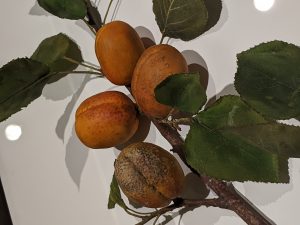 All these fruits are dying. Wisps of grey mold stretch out from the bottom of a sickly, shriveled strawberry. Plums blush an unnatural shade of teal. A pockmarked peach hangs from a branch, the bark discolored, its …
All these fruits are dying. Wisps of grey mold stretch out from the bottom of a sickly, shriveled strawberry. Plums blush an unnatural shade of teal. A pockmarked peach hangs from a branch, the bark discolored, its …

Featuring profiles of outreach & advocacy in cultural heritage
by Vanessa Formato
 All these fruits are dying. Wisps of grey mold stretch out from the bottom of a sickly, shriveled strawberry. Plums blush an unnatural shade of teal. A pockmarked peach hangs from a branch, the bark discolored, its …
All these fruits are dying. Wisps of grey mold stretch out from the bottom of a sickly, shriveled strawberry. Plums blush an unnatural shade of teal. A pockmarked peach hangs from a branch, the bark discolored, its …
by Mattie Clear
The Historic Congressional Cemetery has gone to the dogs, in all the best ways. Before the wonders of the Washingtonians and their ingenuity can be appreciated, one must know the story of this small, but important cemetery. …
by Jonathan Fryerwood
The RAINBOW ARCADE exhibition hosted at the Schwules Museum in Berlin presented itself as the first major exhibition of queer content in video games. The event ran from December 2018 to May of this year. The project …
IN EARLY MARCH 2019, word spread across the state of Alaska that newly incumbent Governor Michael Dunleavy was trying …
by Ashley Thomas
The postmodern structure housing the Massachusetts Archives, shares the short jut of land that is Columbia Point with fellow institution, the John F. Kennedy Presidential Library and Museum, and the UMass Boston campus. Located inside the building’s …
by Lindsay Olsen
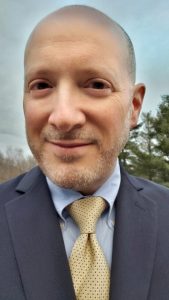 When you’ve already been a cyclist, a bartender, and a graphic designer, where do you find your next challenge? For Douglas Perkins, it was at his alma mater, Middlebury College, an historic liberals arts school nestled in …
When you’ve already been a cyclist, a bartender, and a graphic designer, where do you find your next challenge? For Douglas Perkins, it was at his alma mater, Middlebury College, an historic liberals arts school nestled in …
by Kara Adams
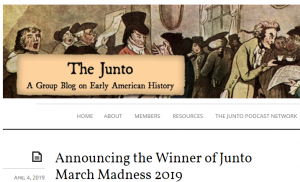
Who doesn’t enjoy a little friendly competition? That’s the principle behind the annual March Madness bracket hosted by early American history blog The Junto. Run by graduate students and junior faculty, The Junto was started in 2012 …

by Jade Mejia
According to their website, the Library Innovation Lab is “a dynamic group of thinkers and doers working to make libraries better by exploring the countless, dimly lit pathways that connect libraries to the larger world.” The …
by Rivi Feinsilber
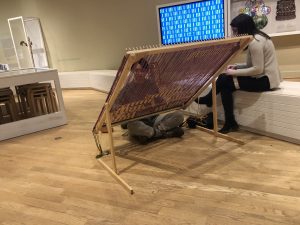 Museum spaces are no longer a place of just observing objects; they are now a place for creating and interacting with them. This is particularly true at the Rhode Island School of Design’s Museum (RISD Museum). The …
Museum spaces are no longer a place of just observing objects; they are now a place for creating and interacting with them. This is particularly true at the Rhode Island School of Design’s Museum (RISD Museum). The …
by Robert Sanford
“I really want to change the ‘clubhouse.’”
Suanna Crowley and I met at the Diesel Cafe in Somerville for what would be a 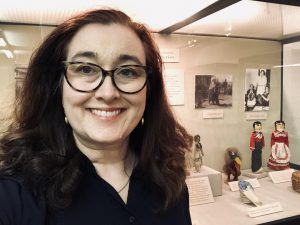 two-hour interview. The week prior, I had sent an email with five questions about …
two-hour interview. The week prior, I had sent an email with five questions about …